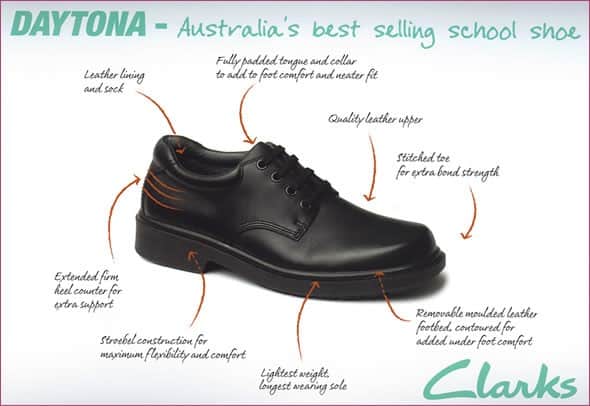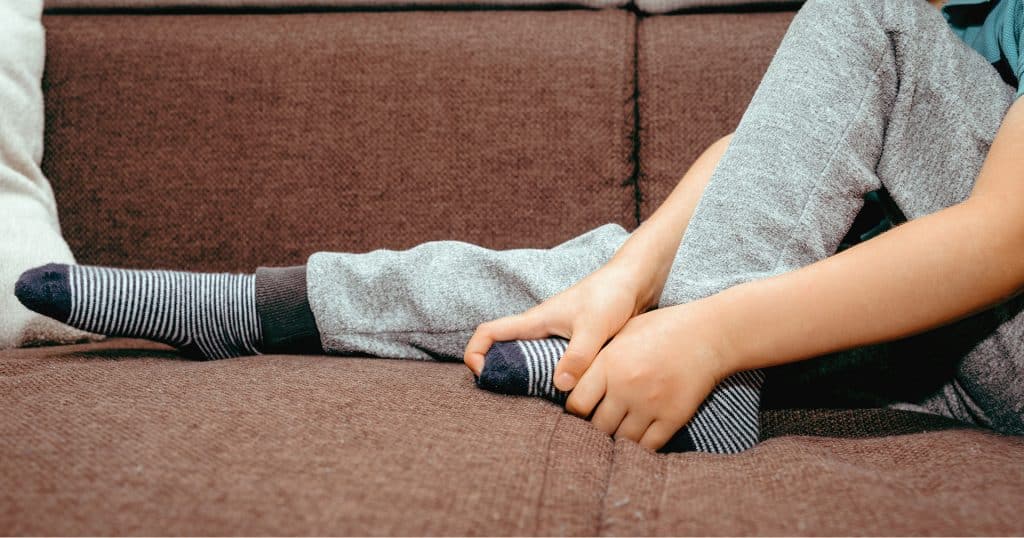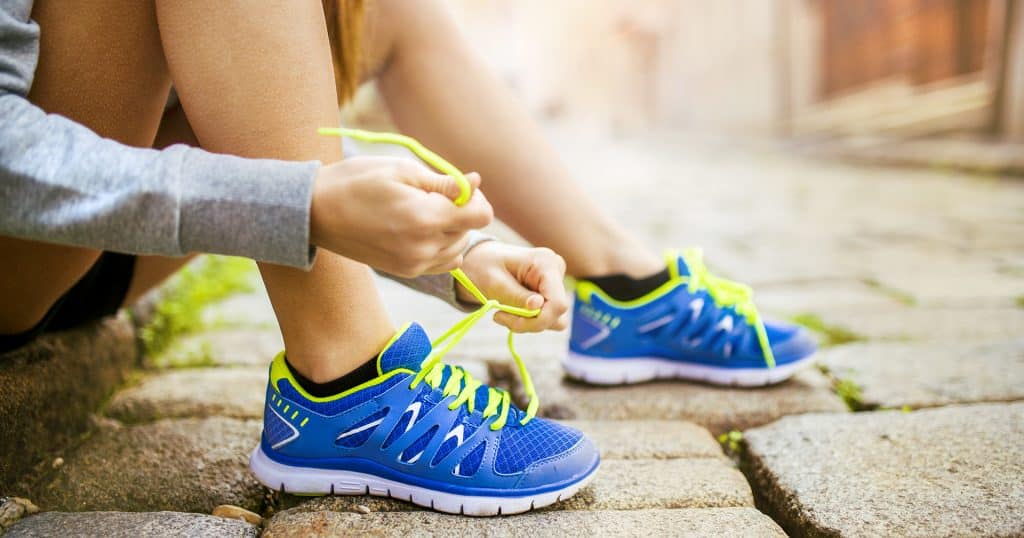Australian school children can spend up to 40 hours per week in their school shoes, so making an informed choice and purchasing the best shoes for your child’s feet is vital.
Poorly fitting school shoes on growing feet can lead to long term foot health problems including bunions, hammer toes, corns and ingrown toenails. Shoes that are too heavy, too flexible or have an inadequate shock-absorbing sole can predispose your child to musculoskeletal injuries.
School shoes need to be:
- Fitted correctly - by trained footwear fitting staff.
- Appropriate for the activity – it is best to purchase a pair of everyday school shoes in addition to a pair of sports shoes:
- Durable – children are hard on their shoes and often only have one pair for all activities. Look for school shoes with a durable rubber outsole and reinforced stitching at the toe;
- Not too heavy – this is especially important for smaller children (prep kids) just starting school. Heavy school shoes can lead to leg muscle fatigue, arch strain and growing pains;
- Adjustable fastening – avoid slip on shoes, so toes aren’t having to constantly grasp on to the shoe. School shoes should have adjustable fastening to allow for the best fit. Lace-ups are usually the best, but younger children are better with Velcro straps that are easier to manage;
- Supportive with a good cushioning system – check the shoe has a firm heel counter, a reinforced arch so that it is not too floppy across the middle and the midsole is made of shock absorbing cushioning materials.
If you have any concerns about choosing the best school shoes for your child, contact our professionally trained staff at Foot Health Clinic, we care about kid’s feet!




